

Emission Neutrality
Reducing CO2
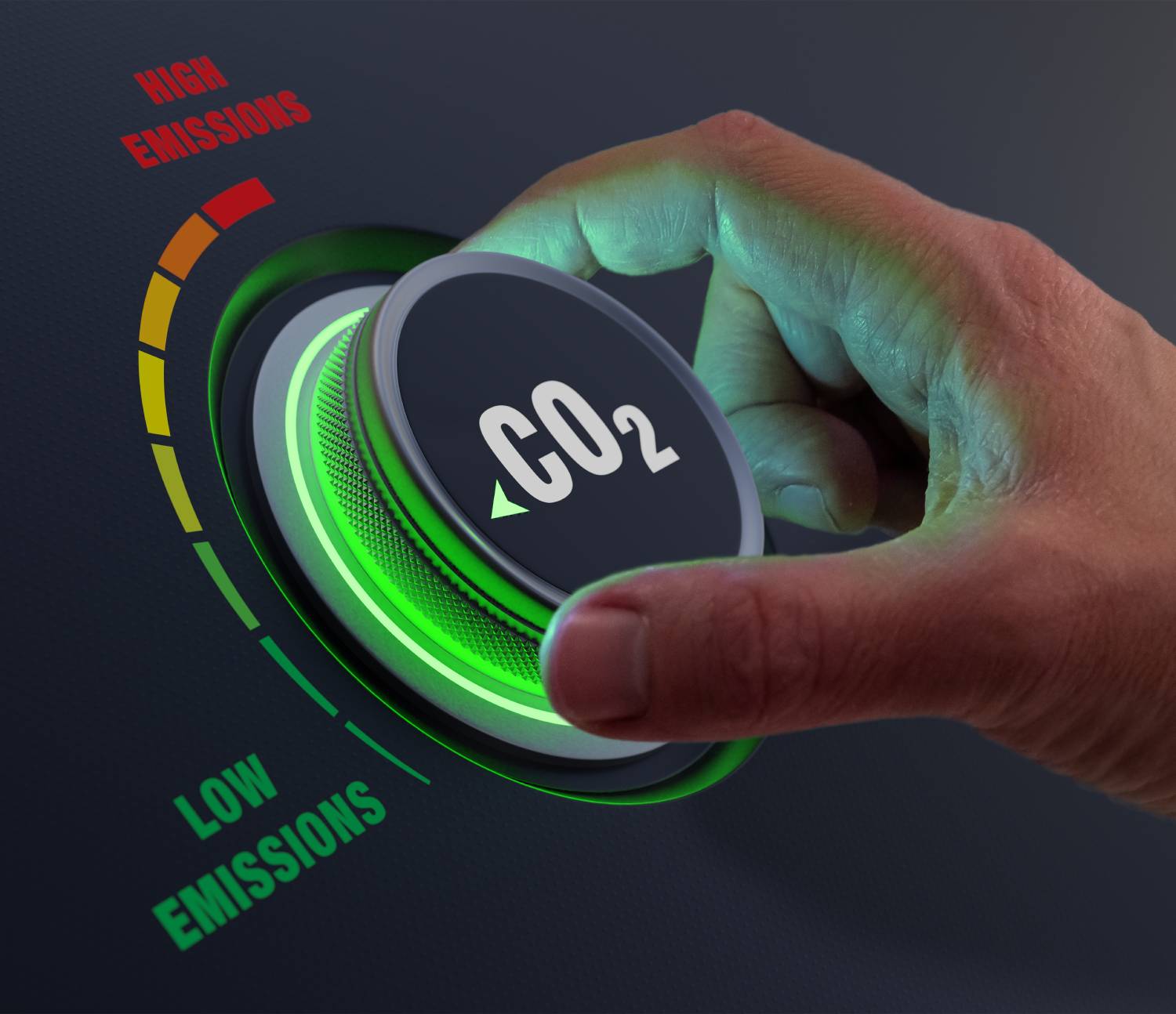
One of the most important challenges in recent years for the cement industry is reducing greenhouse gas emissions. This is necessary to avoid the most serious consequences of climate change.
The ODRA Cement Plant has undertaken a series of actions aimed at reducing CO2 emissions, including the use of alternative fuels, replacing natural raw materials with decarbonized ones, and increasing the share of components other than clinker in the composition of cements.
ALTERNATIVE FUELS
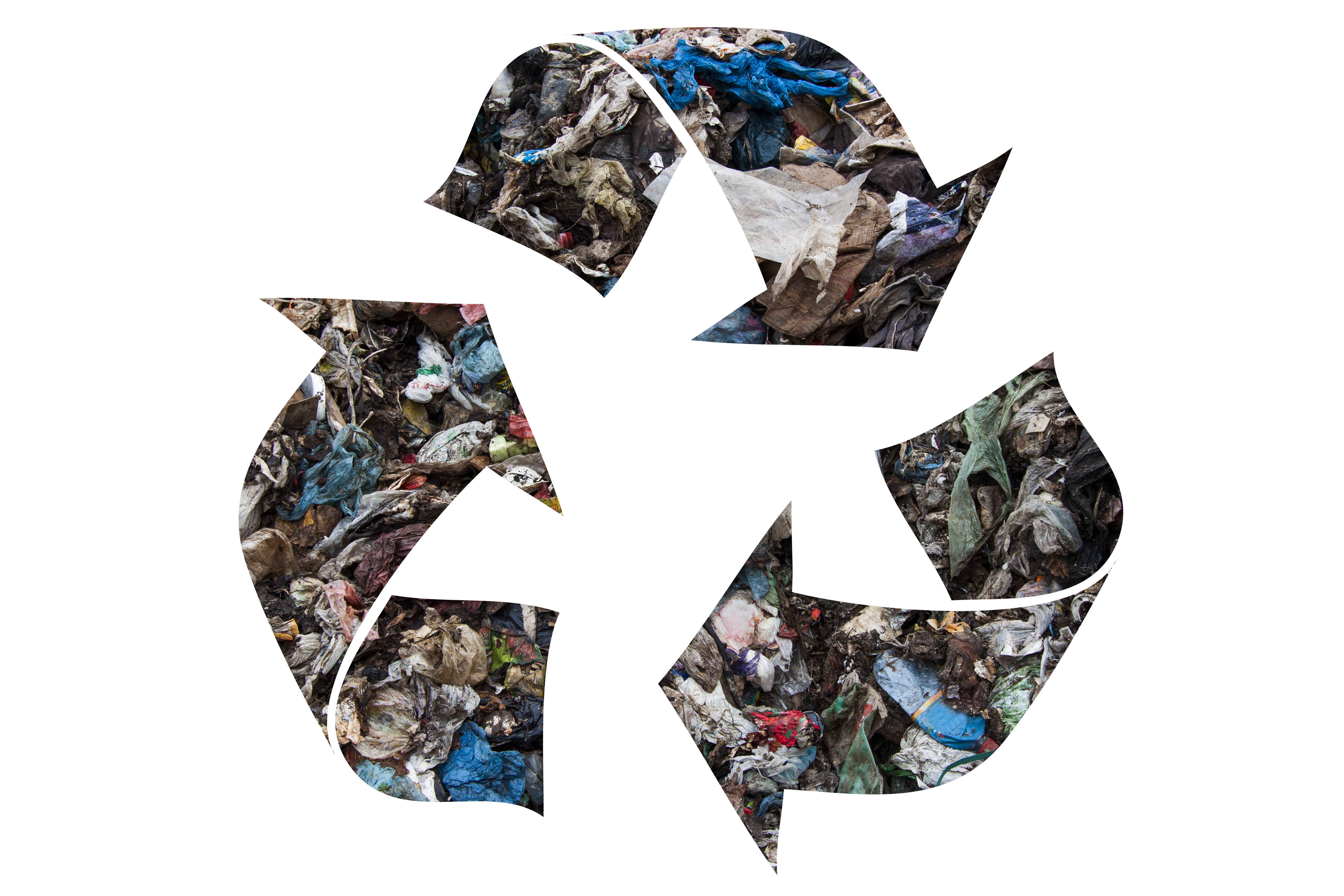
CO2 emissions are reduced by replacing fossil fuels with alternative (secondary) fuels.
The combustion of secondary fuels has become a common practice for the ODRA Cement Plant to obtain energy for the production of Portland clinker. The combustion process allows for the safe burning of both municipal and industrial waste in an environmentally friendly manner. The high temperature of gases in the furnace, reaching up to 2000°C, and the relatively long residence time of the flue gases at this temperature (no less than 10 seconds) ensure the complete decomposition of hazardous chloroorganic compounds. An additional benefit is the reduction of waste deposited in landfills.
Increasing the use of alternative fuels in the production of clinker at the expense of fossil fuels means reducing CO2 emissions and less waste in landfills.
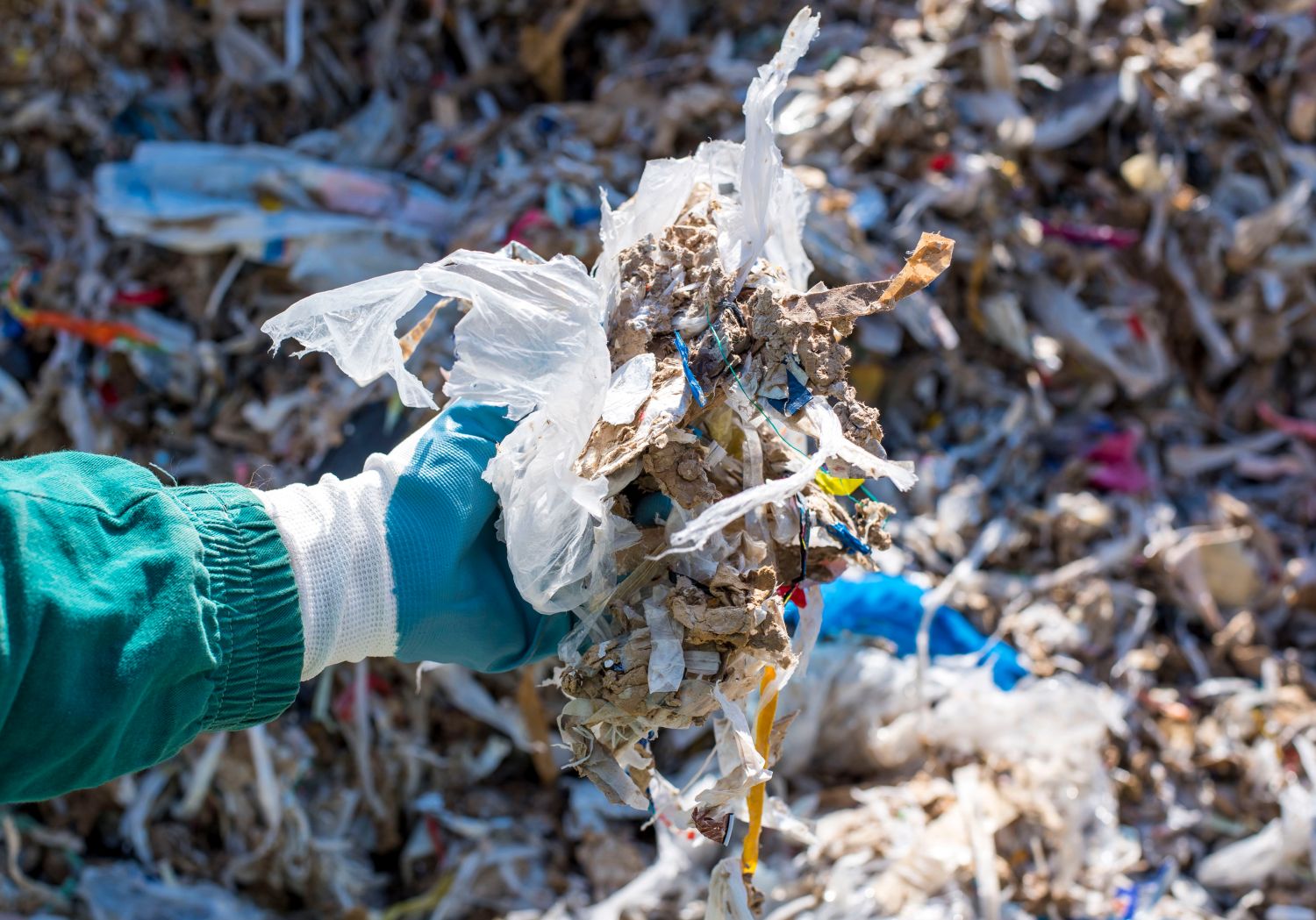
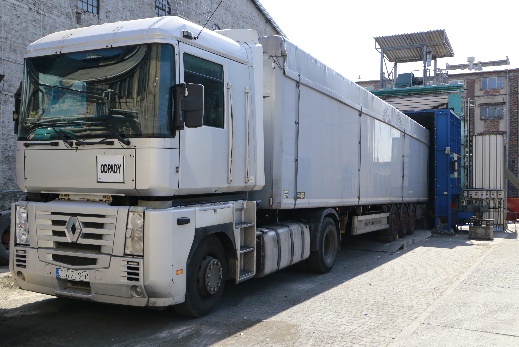
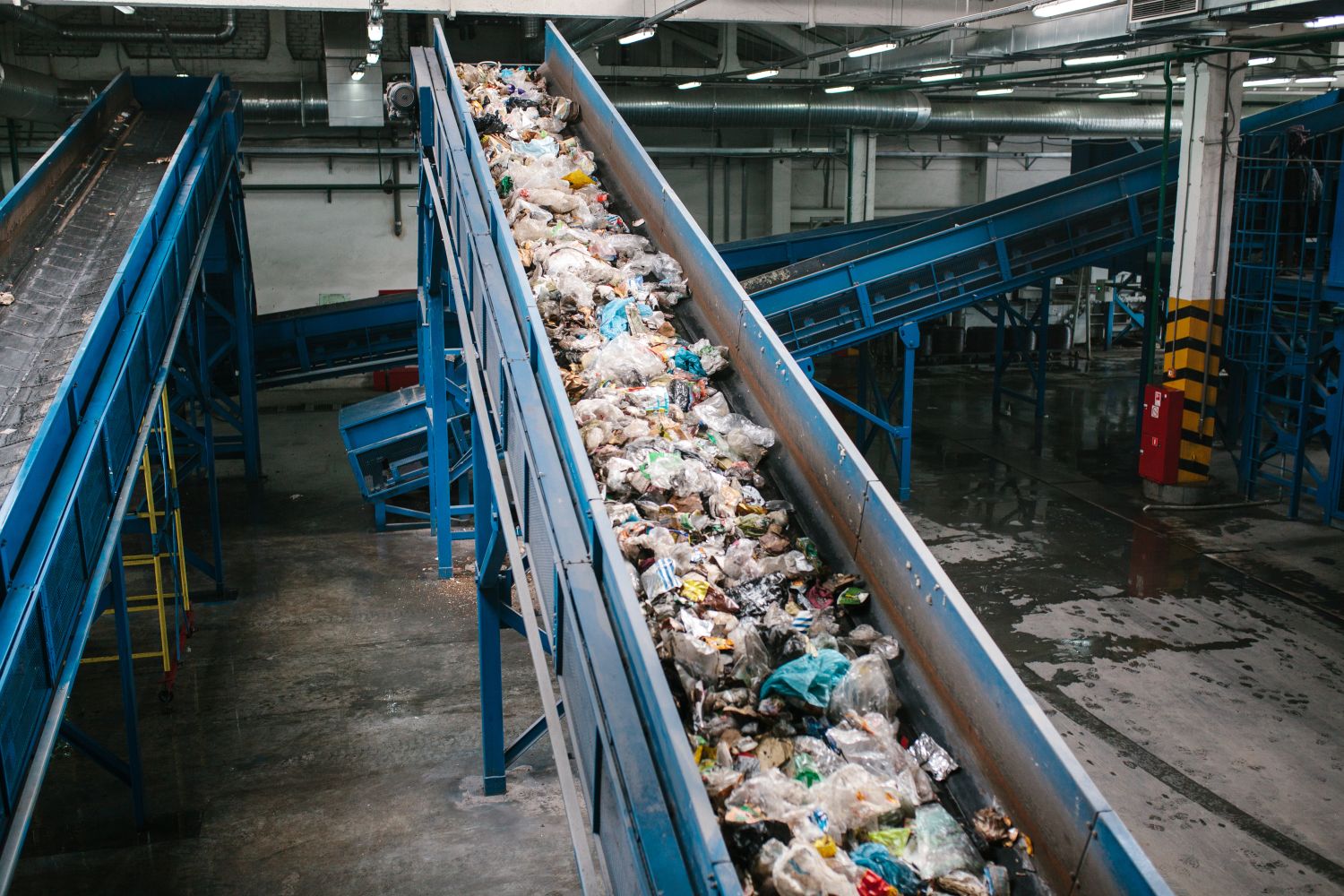
DECARBONIZED RAW MATERIALS
The main source of CO2 is the decarbonization of limestone in the rotary kiln. The reason for this is that the basic oxide necessary for the production of clinker is CaO, which is obtained by the decomposition of calcium carbonate.
One of the ways to reduce process emissions is to replace limestone with decarbonized raw materials such as waste materials or by-products of other industries (iron slag dust, recovered cement mortar from demolition waste, slag, waste lime).
Replacing natural raw materials with alternative materials containing calcium, including waste and by-products of the industry, means less emissions, less need for quarrying stone, and less waste in landfills.
LOW-CLINKER CEMENTS
Therefore, our actions have so far focused mainly on increasing the use of alternative fuels and raw materials with a lower content of carbonates for the production of Portland clinker, and replacing an increasing share of clinker in cement with alternative
materials, such as granulated blast furnace slag, fly ash, or limestone.

The European cement industry has set a goal that by 2050 the clinker/cement ratio will be 65%, which will result in a total emission reduction of 72 kg/Mg of cement.
In 2019, the global clinker/cement ratio was 75%. In Poland, it was at a similar level, at 74%. The ODRA Cement Plant had already achieved a clinker/cement ratio of 64% at that time.
The ODRA Cement Plant is not a passive participant in the climate transformation of the cement industry and today can boast a clinker/cement ratio of 59.6%.
Using components other than clinker in cement and lowering the clinker/cement ratio means less emissions.
ENERGY CONSUMPTION
The most energy-intensive technological operations during cement production are grinding processes. To produce 1 ton of cement, as much as 2.6 tons of various materials need to be ground. The materials ground include raw materials for clinker production, technological fuel, and cement.
Combating climate change and its effects, the ODRA Cement Plant also focuses on reducing electricity consumption by using a vertical roller mill for grinding slag. Compared to conventional ball mills, the vertical mill consumes only 53% of the energy.
Using energy-efficient grinding installations reduces the amount of carbon dioxide emitted per ton of produced cement.